The post Review of PhotoWorks: a Fresh and Fast Photo Editor for PC appeared first on Digital Photography School. It was authored by Glenn Harper.
PhotoWorks is an image editor with a fresh, clean interface and a set of tools that work intelligently to get the best from your photos. It helps you turn drab files into spectacular pictures within a few clicks – sometimes only one! The software’s Portrait Magic technology uses face recognition to add expert retouching edits to your photos. A host of other handy features make the PhotoWorks photo editor for PC an enticing proposition.

The histogram is a constant when you edit in PhotoWorks. It’s good to see a program that knows its value.
Who’s it for?
Automatic photo editing is the forte of PhotoWorks, but the software doesn’t do everything. It doesn’t offer the huge toolbox that many other programs do, with so much thrown in that you have to rummage endlessly to find what you want. It’s designed for ease of use and speed, which will appeal to beginners and casual photographers but might catch the eye of a few veterans, too.

The clean, minimalistic interface of PhotoWorks. All edits are memorized by the software, so they’re non-destructive.
In this review, I’ll look at everything PhotoWorks has to offer. I feel like I’ll enjoy it because this photo editing software for PC isn’t an unwieldy monster with innumerable needless features. PhotoWorks seems knowable from the first time you open it. You can jump in without facing a steep learning curve, though there are good tutorials available online if you need help. Let’s see what it can do.
Opening raw files
Raw files are always an obvious place to start when reviewing a photo editor for PC. Can PhotoWorks handle them? It’s not billed as a raw processor, but it does open most proprietary raw files in addition to Adobe’s standard DNG files.
When you open raw files in PhotoWorks, you have the option of applying one of six profiles to them: Default, Auto Enhancement, Landscape, Portrait, Sunny Day or Black & White. With the Default profile, all the settings in PhotoWorks are zeroed when you open the file, whereas the others are Presets with adjusted sliders.

You’re presented with six starting points when opening raw files. The default conversion opens automatically on the page.
PhotoWorks is really a pixel editor. It converts individual raw files quickly and the quality is okay – good, even – but problems like chromatic aberration (CA) and chroma noise are present if you examine images at 100%. Should you view images at 100%? Only if you’re creating big prints or trying to impress third parties with technical quality. And if you’re doing that, you may not belong to the target market for this software, though PhotoWorks has potentially wide appeal.

PhotoWorks does not currently fix chromatic aberration or purple fringing. If you’re the type of photographer who scrutinizes image quality and needs impeccable files, you could run them through a dedicated raw converter first.
By pairing PhotoWorks with a separate raw processor (e.g. RawTherapee, Darktable), “serious” photographers could have the basis of an efficient workflow. That’d be good for, say, wedding photographers, who would also benefit from the software’s intelligent retouching capabilities. We’ll look at those in more detail later, but for now, it suffices to say they’re good.
Saving the PhotoWorks way
Not long after firing up PhotoWorks, you’ll notice there’s no way to close images. This is unusual, to say the least, but it’s another form of streamlining. You can save edited files and move onto the next image. Your edits are stored, even if you move on without saving, and you have the option of resuming them or starting afresh when you go back to the file. This is true even if you close the program. Edits are non-destructive.
Both Save and Fast Export let you export a separate copy of the edited file in the format of your choice, the main difference being that you choose the format beforehand with Fast Export. You can select from JPEG, TIFF (8-bit compressed), PNG and BMP.
Enhancement
The Enhancement tab is where you make changes to color and tone in your image. It includes an Auto Correction feature that aims to transform your photos in a single click, but you can alter its effect if you want. For instance, let’s say you’re already happy with the tonal range but would like more color, you could switch off the dynamic range and add vibrance to Auto Correction. Plus, there’s a slider that adjusts the strength of the auto effect.

PhotoWorks includes a blue sky enhancement, which makes it easy to deepen the blue of the sky whilst also warming the photo up. Those two edits are normally at odds with each other.
Most of the color and tone sliders you’d expect to find in top-end software are in the Enhancement section of PhotoWorks under the Main tab. They give you as much manual control as you want. The workspace is so tidily laid out that it puts some established photo-editing brands to shame. The design is thoughtful and user-friendly, and it makes you want to linger. You even get to suggest features you’d like to see.
Two more tabs under Enhancement are Colors and Sharpness. The first lets you adjust hue, saturation, lightness (HSL) and color balance. The Sharpen tool is basically an unsharp mask, and there’s a blur section where you could create dreamy soft-focus effects or counteract over-sharpening. It’s all useful stuff, and the confusing terminology is notably left out.

A slightly de-sharpened image focuses attention on form rather than detail. That’s where the PhotoWorks Blur tool is useful. It works well with busy compositions.
Tools
Move along to the Tools tab in PhotoWorks and a carefully selected set of powerful tools reveals itself to the right of the screen. There are not a hundred little tool icons as with complex programs. Some of the tools, like Curves or Tone Mapping, offer an alternative and perhaps more advanced way of working with your pictures. Seasoned photographers will be familiar with these features.
Crop
The PhotoWorks crop tool includes a modern set of aspect ratio presets that fit today’s devices or social media pages perfectly. Of course, you can also use the original aspect ratio, choose a different ratio or crop the photo freely. There’s nothing much missing here. You can rotate the picture, which helps get horizons level or to achieve the most effective composition.
AMS Software, the creator of PhotoWorks, also offers a choice of grid overlays to assist you with composition when cropping. For example, you can choose a Rule of Thirds or Golden Ratio grid to help you decide what to include and where. My only slight gripe here is that the grid lines are often a little hard to see: maybe a different color or opacity control would help.

The Golden Spiral crop grid in PhotoWorks.
Geometry (correcting perspective and distortion)
You can correct the perspective of architectural photos using the Geometry tools in PhotoWorks. Like in most photo editors for computers, there’s no auto adjustment, so you have to alter the vertical and/or horizontal perspective yourself using the sliders, but this is generally an easy task.

In this pic, you can clearly see the effects of lens distortion on the window frame. In the inset, I’ve corrected it using the distortion slider.
Correcting optical aberrations such as pincushion or barrel distortion is also possible in this section. Some programs will do this for you with the help of lens profiles, but you can do it easily yourself with the assistance of the included grid and distortion slider.
Change background
PhotoWorks makes it easy to change the background of your photo, so if you want to transplant a better sky or create a composite picture, you can. The process of separating the subject from its background is simple. You draw a green line with the object brush, a red line with the background brush, and then you let the software work its magic. Typically, you need to refine the edge a bit using the same brushes, which could become labor-intensive with intricate subjects. For many photos, the process works fine. There’s even a choice of free-to-use pictures you can add as backgrounds, or you can upload your own.

The Change Background feature in PhotoWorks separates subjects from their background with ridiculous ease. I’m not sure there’s enough finesse for complex selections (e.g. fur or fine strands of hair), but there’s a lot of fun to be had.
Vignetting
The vignetting tool lets you correct vignetting that occurs naturally with your lens. You can brighten edges and corners for even exposure. It also lets you add a vignette as a creative effect, focusing the viewer’s attention more on the subject of the picture. This photo editor for PC provides all the controls you need to fine-tune this edit.
3D LUT Color Correction
Color LUTs might just as accurately be called “special effects” since they remap the color of your photos to create a different look. PhotoWorks offers a nice built-in selection of them as well as letting you upload your own in the form of cube files. You can’t save your own LUTs within the software, hence you can’t preview them either, but I’m glad to see this feature in PhotoWorks.

This is the “Drama” color LUT. Interestingly, it compresses the tonal range. In doing so, maybe it makes the viewer feel more hemmed in and on edge.
Tone Mapping & Curves
PhotoWorks includes tone mapping and curves tools for controlling color and tone. Tone mapping lets you overlay a color or texture. You could apply a color to a black-and-white image here for a duotone effect. The curves tool adjusts contrast, changes color temperature, and tint and even corrects color if you use the individual RGB curves.

A black & white photo turned into a duotone (i.e. a mix of black and blue) using the Tone Mapping tool in PhotoWorks.
Noise Reduction and Grain
There are tools for reducing digital noise or adding film-like grain in PhotoWorks. This photo editing software for PC doesn’t separate color noise from luminance noise, which would be a nice feature for more advanced photographers. But it will smooth and improve the look of high ISO photos.
The film-grain effect is generally better looking than digital noise in photos. You can add that to give your photos an authentic retro look from the days of analog photography.
Retouch
Some of the headlining features of PhotoWorks fall under its Retouch section. The software harnesses the power of face recognition technology to automatically enhance portraits. You can use its Portrait Magic or Face Sculpt technology to retouch faces and show your subjects at their best.
Portrait Magic
A remarkable feature of PhotoWorks is its Portrait Magic feature, which lets you automatically or manually remove blemishes and enhance portraits. Its toolset includes the following:
- Skin smoothing
- Control over redness (improve blotchy skin)
- Skin tone
- Eyes (sharpness, contrast, remove dark circles)
- Eyebrows (sharpness, contrast)
- Lips (sharpness, contrast, hue, saturation, luminance & glare)
- Teeth (whiteness)

It may be hard to see the difference here, but Portrait Magic is good at damping down glare on the skin (aka “face shine”). There are many quick fixes to choose from as well as full manual control. (Image: Pexels)
Even if you know how to fix these things already, this technology saves time. It’s easy to imagine it being useful to pro portrait and wedding photographers. The best results are achieved by addressing issues one-by-one, but there’s a set of quick-fix buttons available to speed things up. You have to be careful with it because the software isn’t infallible. For instance, a pair of glasses get in the way of removing dark circles accurately.
Portrait Magic is so good that you could buy this software for that alone. It’s a great photo editor app for pc or laptop.
Face Sculpt
Just when you thought you’d seen amazing things with Portrait Magic, along comes Face Sculpt. Move a slider and watch the software identify and alter a specific part of the face. You can do these things manually in Photoshop using warp tools and the like, but boy is it easy with PhotoWorks: a deft picture editor and retoucher in one.

I’ve done nothing to this photo except turn a hint of a smile into a stronger hint. Like Portrait Magic, Face Sculpt is a powerful tool that can totally transform a portrait. The technology behind it is remarkably precise. Subtle edits often work best. (Original image: Pixabay)
Maybe we should all just accept the way we look, but contrary to popular belief, the camera does lie. It’s easy to take an unflattering portrait because of technical reasons, whether it’s an unflattering camera angle, harsh lighting, poor timing or lens distortion. PhotoWorks lets you remedy such problems.
Face Sculpt enables you to reshape or resize eyes, noses, mouths, eyebrows, and the face itself. You can even turn a frown into a smile. Used subtly, it creates different versions of the truth rather than outright lies. And if it helps the subject feel good about themselves, that can’t be a bad thing.
Healing and Cloning Tools
Healing and Cloning tools in PhotoWorks are also first rate. The clone stamp auto-samples from a similar area and gives you the option of changing the sample location. It’s quick and efficient, and no intervention is usually necessary. The Healing Brush is even faster for fixing small blemishes (e.g. dust spots).
Adjustment Brush
There aren’t any layers in PhotoWorks, but you can carry out local edits with the adjustment brush. Users of Lightroom will be familiar with the concept. Color, tone, and sharpness can all be selectively adjusted anywhere on the image. You can also deal with chromatic aberration by brushing neatly over edges and turning Saturation down, though a dedicated tool would be better.

It’s out of fashion, I know, but here’s a quick demo of selective coloring with the Adjustment Brush on PhotoWorks. This Lightroom-style feature offers infinite possibilities without being as daunting to beginners as layers are.
Graduated Filter and Radial Filter
The Graduated Filter and Radial Filter offer alternative ways of making local adjustments to one or more parts of an image. Whether it’s tone, color or sharpness you’re adjusting, these retouching tools make it easy to emphasize your subject. You can also even up your exposures (e.g. the classic dark foreground and bright sky) and bring out shadow detail. Characteristically, these features are neatly designed and easy to use in PhotoWorks.

Two graduated filters are in play here – one to brighten and warm up the lower half of the photo and another to reduce exposure in the sky a little.
Special Effects
With over 150 special effects to choose from, PhotoWorks gives you plenty of ways to interpret each photo. In the Special Effects section of the software, you can add any effect you like and then adapt it to suit your tastes if you want. Hitting the “Apply” button takes you over to the Enhancements area of the software, where you can tweak color, tone, and sharpness.

A quite pleasing special effect to my eye (Faded Photo -1) and one of over 150 special effects available in PhotoWorks.
I personally like adding textures to photos, so it was good to find a few textured effects among the collection. There is also a Quick Enhancements selection, which gives further opportunity for one-click fixing. You can favorite effects so they’re easy to find later on.
A Photographic Films section attempts to replicate the look of various classic films. It’s fun to play around with these effects, which you could find yourself using again and again in some cases.
Captions (add text and stickers)
Whatever you normally do with your photos, there might come a time when you want to add text to them. Maybe you’re making a Christmas card or designing a flyer. You could be creating memes for social media and entertaining your friends. PhotoWorks photo editor app for PC includes a versatile set of tools to help you create the text you want in the font, color, and style of your choice. A sticker collection lets you add cartoon-like captioning for extra fun.

Conclusion
Beneath the minimalistic surface, PhotoWorks offers a powerful set of tools that are easy to use regardless of your level. The way the software exploits face recognition technology is magical, indeed.
There are a few nuts-and-bolts things I would like to see in PhotoWorks, such as chromatic aberration removal, more nuanced noise reduction and an exposure warning to help with histogram adjustments (aka levels). The ability to export 16-bit TIFFs would be nice. At some point, though, if you keep adding stuff, the program ends up complex like many others and loses its streamlined appeal.
Design-wise, PhotoWorks positively gleams. It has a beautifully clean interface, uses simple terminology that everyone can understand, and gets a lot of work done with minimal effort. Whether you use it alone or alongside other photo editors for PC, it’s definitely worth a look.
You can download a free trial version and explore the features of the program yourself. Or use the exclusive coupon for dPS readers to purchase PhotoWorks at a 50% discount now!
Disclaimer: PhotoWorks is a paid dPS partner.

The post Review of PhotoWorks: a Fresh and Fast Photo Editor for PC appeared first on Digital Photography School. It was authored by Glenn Harper.

Digital Photography School













































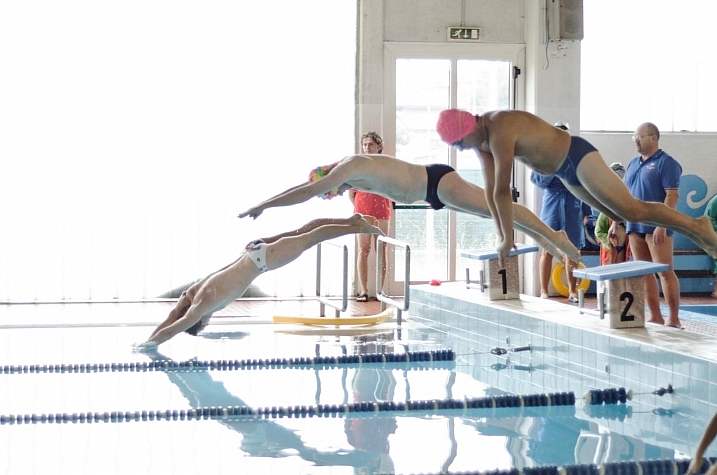

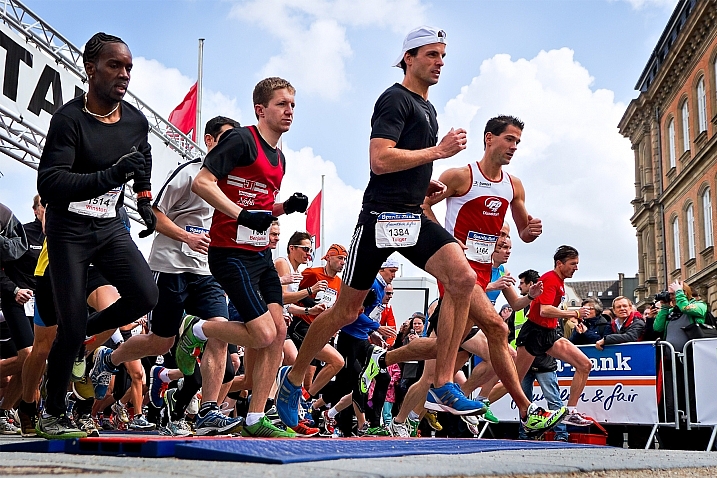


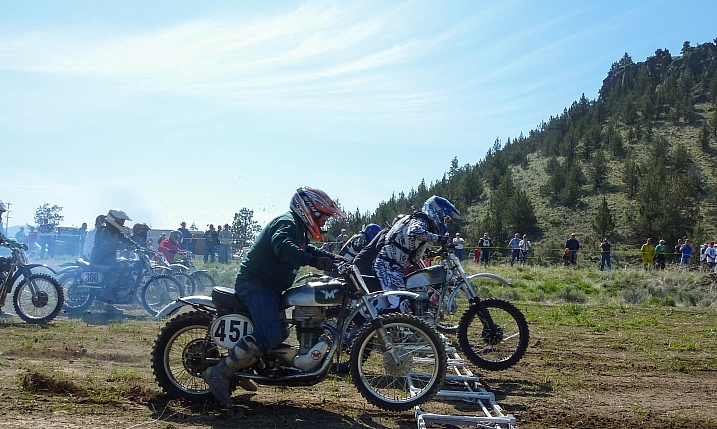





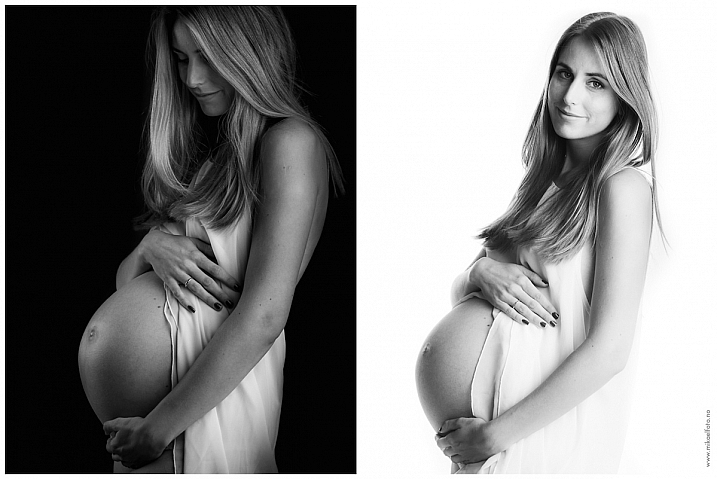
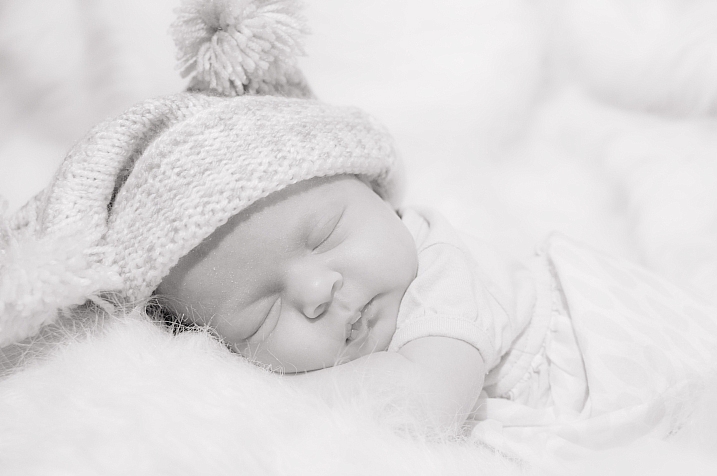
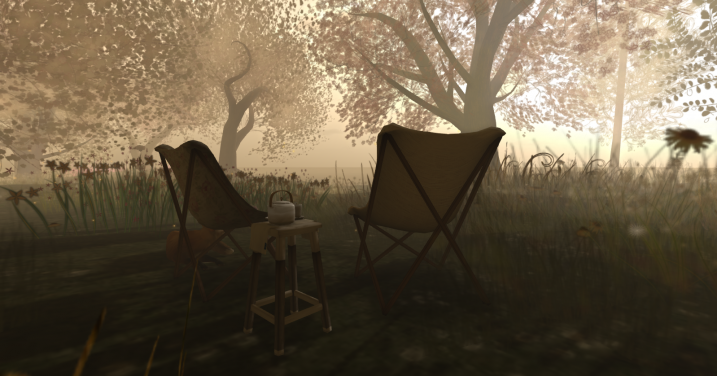

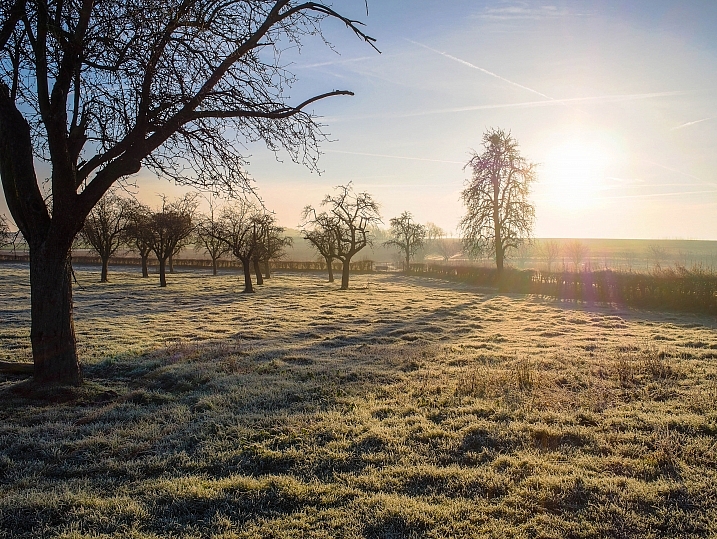







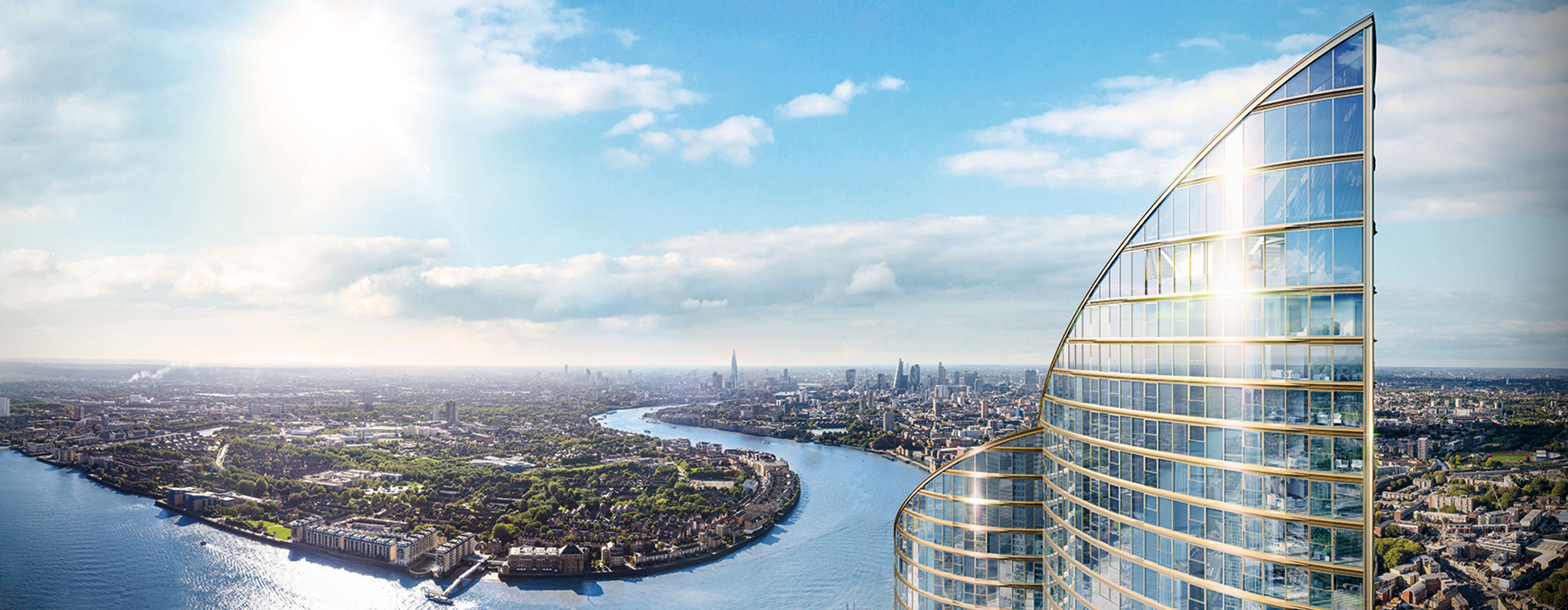

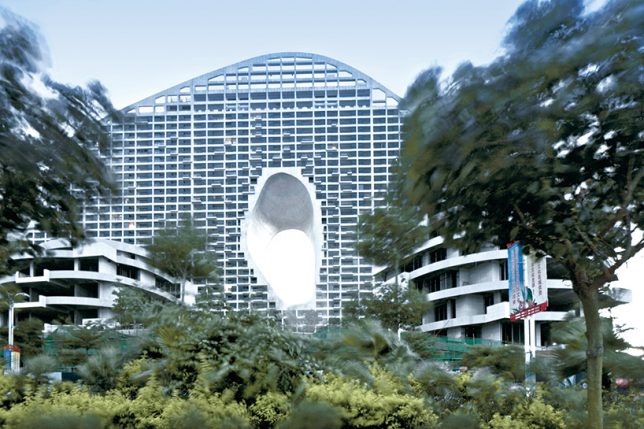
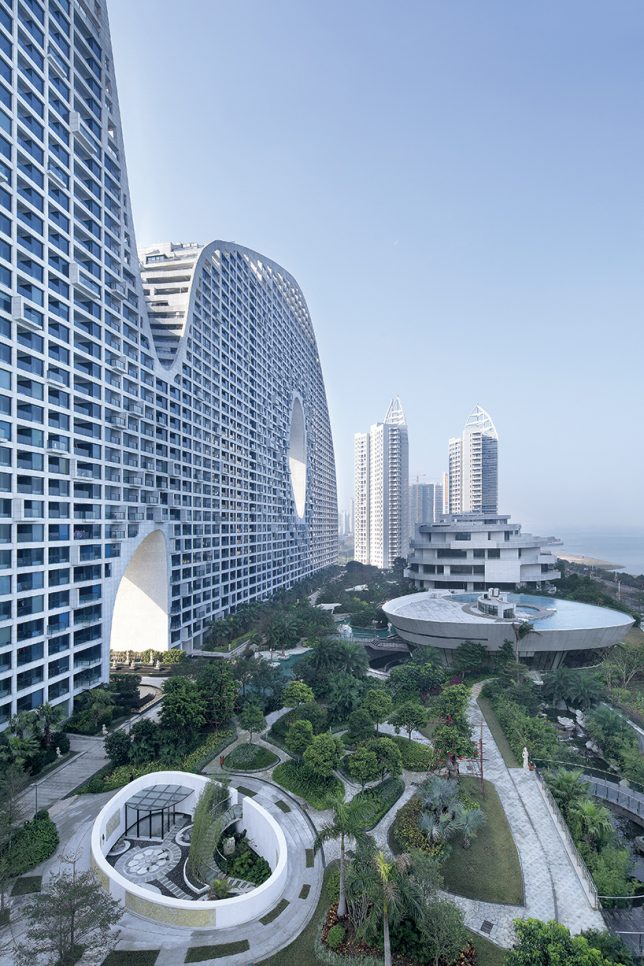



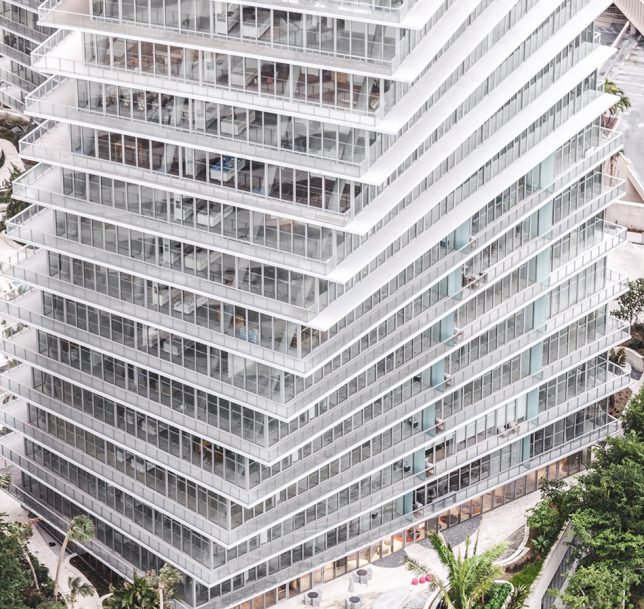

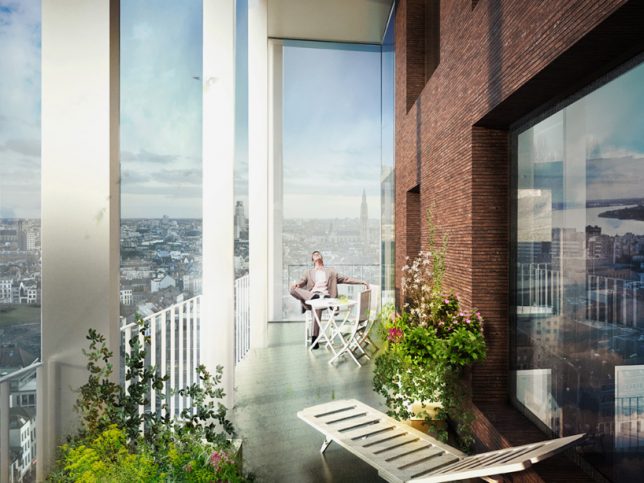
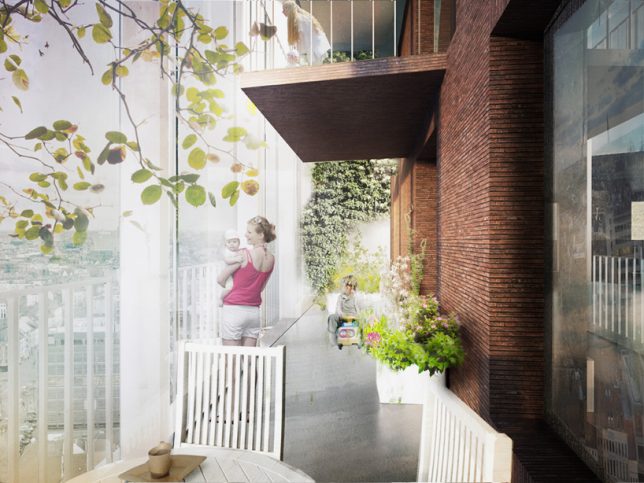



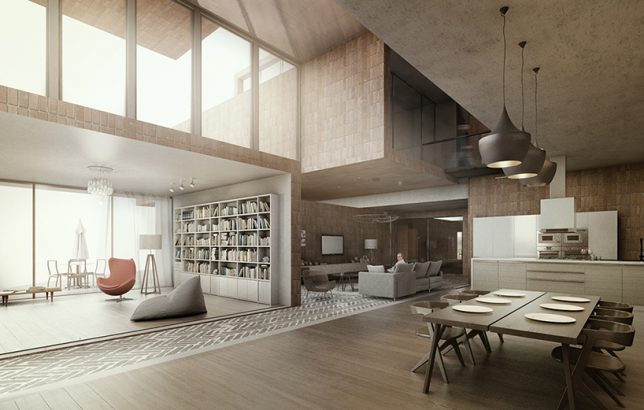




You must be logged in to post a comment.